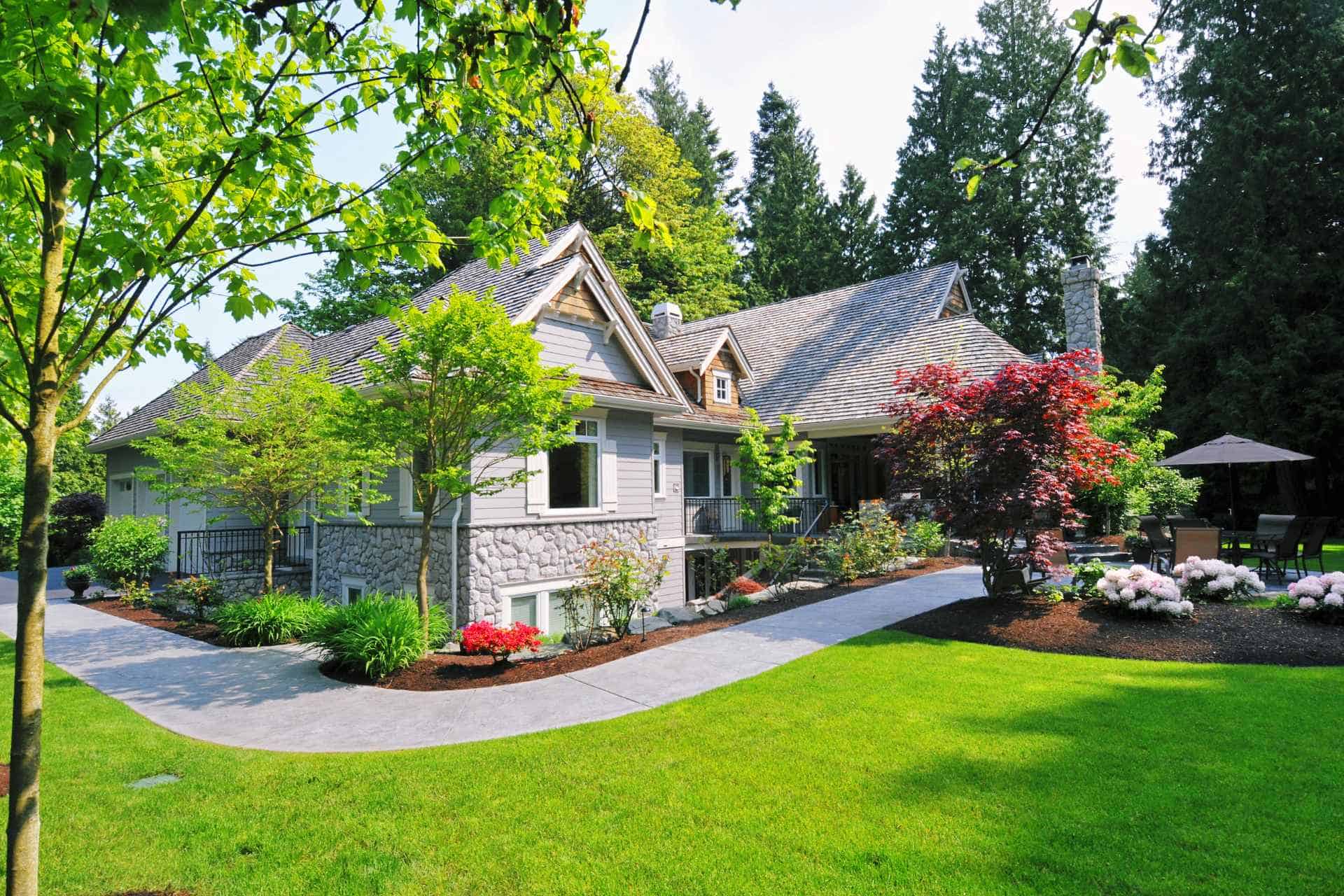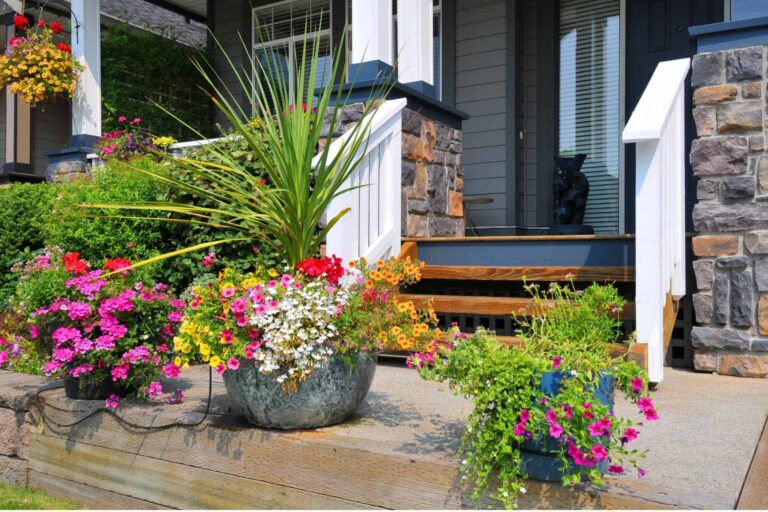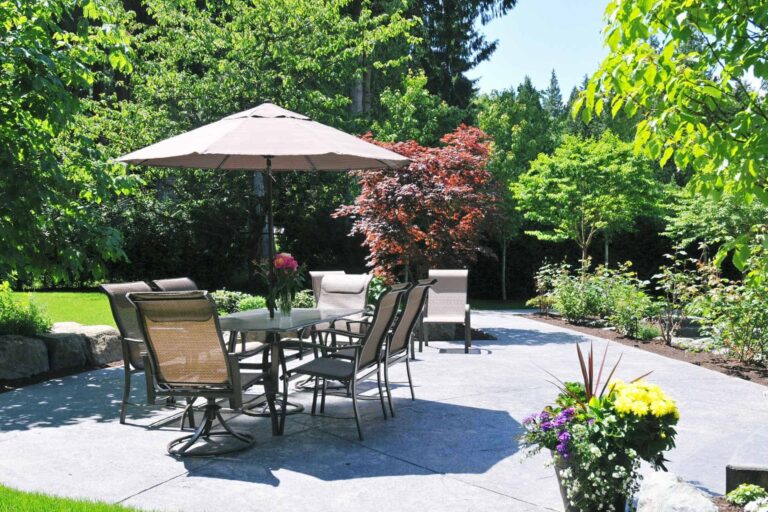The Influence of Landscape Design on Real Estate Value
Landscape design can be defined as an independent profession that merges the art and science of designing an outdoor space using plants and architectural elements. This practice integrates a diverse range of elements to create a cohesive and aesthetically pleasing outdoor environment. These elements include, but are not limited to, trees, shrubs, flowers, water features, paths, and recreational amenities. Landscape design plays a significant role in balancing the relationship between people and their environment by considering the ecological, social, and aesthetic aspects of a property.
From a real estate perspective, landscape design is much more than a mere aesthetic enhancement. It is a strategic tool for increasing property value and making it more appealing to potential buyers. Well-designed landscapes not only add beauty to a property but also display a sense of home maintenance and care, which potential buyers find attractive. Furthermore, elements of landscape design, such as patios, outdoor kitchens, and fire pits, can extend the living space of a home, adding functional value to the property. They can also contribute to energy efficiency; for instance, strategically-placed trees can provide shade and reduce cooling costs in the summer. Hence, landscape design is an essential aspect to consider in the real estate market, for both monetary and environmental reasons.
The Impact of Landscape Design on Real Estate Value
High-quality landscape design can significantly boost the value of real estate. According to a study by Michigan State University, properties with excellent landscaping can expect a sale price increase of about 6% to 11%, compared to similar houses with good or poor landscaping. The value addition is not just monetary; a well-designed landscape also enhances the emotional value of a property, making it more desirable to potential buyers.
A well-maintained landscape sends a strong message to buyers about the level of care the homeowner has given to the property. It creates a positive first impression before they even set foot inside the house. Likewise, outdoor living spaces such as patios, decks, and outdoor kitchens increase the usable square footage of a home, making it appear larger and more functional.
Environmentally-friendly landscaping – using indigenous plants, efficient irrigation systems, and creating shade with trees to reduce cooling costs, for instance – can also add to a property’s appeal. Such features not only reduce the maintenance cost and increase energy efficiency, but they also cater to a growing pool of environmentally-conscious buyers.
The Role of Landscaping in Energy Efficiency
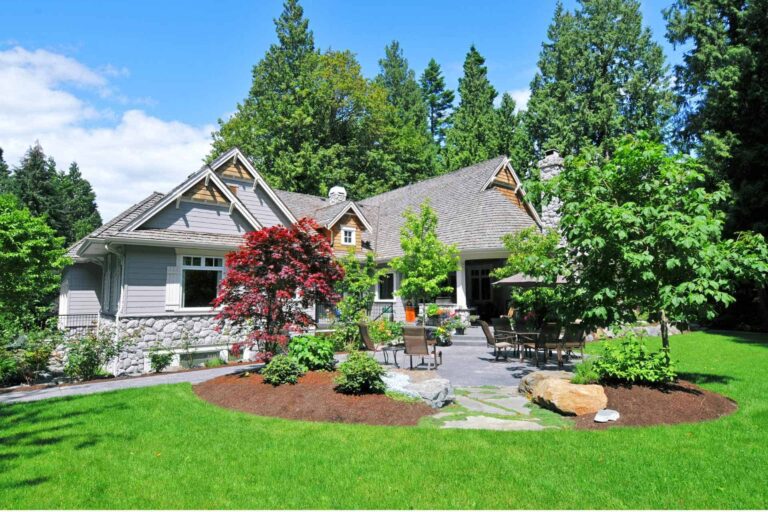
Landscaping can play a pivotal role in enhancing a property’s energy efficiency, contributing significantly to sustainability. Thoughtfully designed landscapes can act as natural insulators for homes. In colder climates, trees and shrubs can serve as windbreakers, reducing the need for heating. Similarly, in warmer regions, a well-placed tree can provide shade, reducing reliance on air conditioning. Further, the use of native, drought-resistant plants in landscaping can decrease water usage, contributing to water conservation efforts. In essence, strategic landscaping is more than just aesthetic; it’s a tool for reducing a property’s carbon footprint and promoting environmental sustainability.
The Economics of Landscape Design in Real Estate
Investing in landscape design can yield significant economic benefits, both in the short and long term. Immediate benefits include increased property appeal, leading to faster sales and potentially higher selling prices. Over the long term, well-designed landscapes can result in lower energy and maintenance costs. Energy savings primarily come from strategic placement of trees and shrubs to insulate homes, reducing the need for heating and air conditioning. Maintenance savings can be achieved through the use of native, drought-resistant plants that require less water and care. While the initial cost for professional landscape design and installation might be substantial, these costs can often be recouped through increased property value and ongoing savings. The decision to invest in landscape design, therefore, should consider not only the upfront costs but also the potential for long-term financial returns.
Case Studies
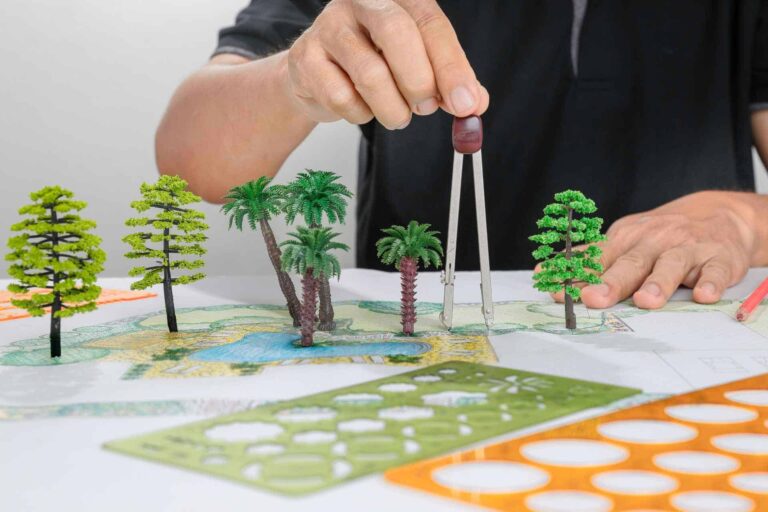
Case Study 1: The Waterfront Property
One striking example of landscape design significantly increasing property value is a waterfront property in Seattle, Washington. This property initially had an unappealing, overgrown yard with no direct access or view to the water. A renowned landscape architect was hired to revamp the property, focusing on opening up the view and creating a seamless transition from the house to the waterfront. The result was a stunning landscape featuring a stone pathway leading to a private dock, a beautifully manicured lawn, and strategically placed shrubs that offered privacy without obstructing the water view. The property, initially valued at $1.5 million, sold for $2 million after the redesign, a significant increase attributed largely to the improved landscape.
Case Study 2: The Urban Oasis
In New York City, a brownstone property in the historic Harlem district underwent a transformative landscaping project. The small and neglected backyard was turned into a lush, green oasis, complete with a vertical garden on the bordering walls, a small patio area with comfortable seating, and a variety of native, drought-resistant plants. This urban oasis served as a unique selling point in a city where outdoor space is at a premium. Following the renovation, the property’s value increased by 20%, a direct reflection of the added appeal and functionality of the landscaped outdoor space.
These case studies underscore the potential of landscape design to significantly increase property values, providing both immediate appeal and long-term financial benefits.
Conclusion
The future of landscape design in the real estate industry holds immense potential. With an increasing number of buyers recognizing the value of outdoor spaces, properties with well-designed landscapes are likely to see higher demand and potentially higher prices. It is anticipated that sustainability will be at the forefront of this trend, with homeowners looking for designs that are not only beautiful but also environmentally friendly. This could include the use of native plants, water-saving irrigation systems, and green roofs or walls. Landscape design will also continue to play a significant role in urban environments, where outdoor spaces are limited. Here, innovative solutions such as vertical gardening and compact outdoor living spaces can drastically increase a property’s appeal. As the landscape design industry evolves, it will continue to shape the real estate market, adding value and charm to properties across the board.
The influence of landscape design on real estate valuation cannot be overstated. The aesthetic and functional enhancements that thoughtful landscaping can bring to a property are reflections of an evolving market that increasingly values sustainability and outdoor living spaces. By investing in green spaces, real estate developers and homeowners alike can cultivate appealing, eco-conscious properties that inherently stand out in the market. The future of this intertwined relationship between landscape design and real estate is sure to yield exciting developments, reflecting changing attitudes towards the environment and how we live.
References
\[1\]: National Association of Landscape Professionals. (2020). Trends in Landscape Design. Retrieved from: https://www.landscapeprofessionals.org/
\[2\]: Thompson, R. (2019). The Impact of Green Spaces on Property Values. Journal of Real Estate Finance and Economics.
\[3\]: Urban Green Council. (2018). The Future of Vertical Gardening. Retrieved from: https://www.urbangreencouncil.org/
\[4\]: World Green Roof Association. (2021). Benefits of Green Roofs. Retrieved from: https://www.worldgreenroof.org/

